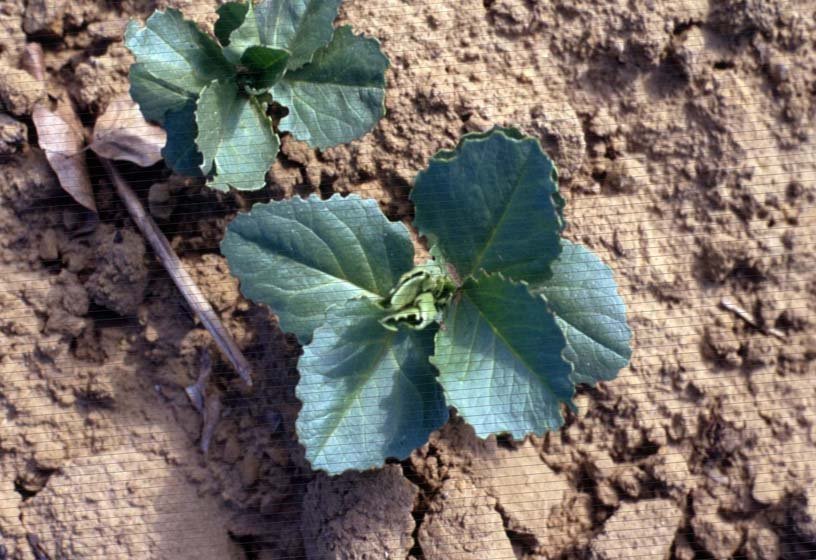 Full
FullGuide »

January 2025
Pea & Bean Weevil
Pea and bean weevil can be a problem in combining, vining or fresh market peas, broad beans, and field beans. Damage caused by the adults is visible as notching around the leaf margins. This damage does not significantly affect yield, but eggs laid during feeding produce larvae which feed in the nitrogen fixing root nodules of peas and beans, sometimes resulting in yield loss.
LIFE CYCLE
The adult weevils are beetle-like in shape and 4 -5 mm in length. They are light grey to brown in colour with faint striping along the length of the wing cases. They have a very short ‘snout’ but have the ‘elbowed’ antennae typical of weevils. Adults migrate from their over-wintering sites, mainly around the grassy uncultivated edges of fields previously cropped with peas or beans. Migration occurs early in the spring, and this often coincides with short periods where the maximum air temperature exceeds 12°C. Both peas and beans may be affected by feeding, although spring sown crops which have recently emerged are more susceptible to damage. Winter beans are usually too far advanced in their growth to be affected by the adults or larvae. During feeding, eggs laid by the female weevil are washed into the soil around the stem bases and produce larvae which begin feeding inside the root nodules. After 3 - 4 weeks the larvae pupate, and newly emerged adults return to over wintering sites. There is one generation each year.

MONITORING FOR WEEVIL
If leaf damage is anticipated, early treatment of the crop is necessary to interrupt the egg laying period and reduce root damage. A monitoring system is available which detects adults when they begin migrating in the early spring. The system was developed by Rothamsted Research and the fielddevelopment was undertaken by PGRO in conjunction with Rothamsted Research and ADAS. The monitoring system comprises five cone traps containing a pheromone lure. It can be used as an aid to decision making in the following ways:
Traps are sited on a single grassy verge or headland of a field which had been cropped with peas or beans the previous year. They should be sited by mid February and weevils counted three times each week. Full instructions are supplied with the traps.
The system is available from Koppert UK https://www.koppert.com/pea-and-bean-weevil-trap/.
CONTROL
For spring sown peas, field, and broad beans
A threshold occurs when the average number of weevils per trap exceeds 30 on a single occasion. Monitoring should continue until a threshold catch is reduced or until the latest sown crops have emerged (whichever is the sooner).
When a threshold has been reached, crops which have just emerged or will emerge during the next 10 days may be at risk. A spray can be applied as soon as the first sign of notching is observed and if previous experience is that weevil damage occurs regularly. During periods of slow growth, a second spray should be applied 10 - 14 days later. Crops emerging later should not be at risk. Winter sown beans seldom require treatment. If a threshold is not reached or if it occurs more than 10 days before crop emergence there is no need to spray. At the end of the season, the lures should be disposed of, and the traps stored for re-use the following year with replacement lures. In recent years pea and bean weevil has developed partial resistance to pyrethroid active substances in some areas.